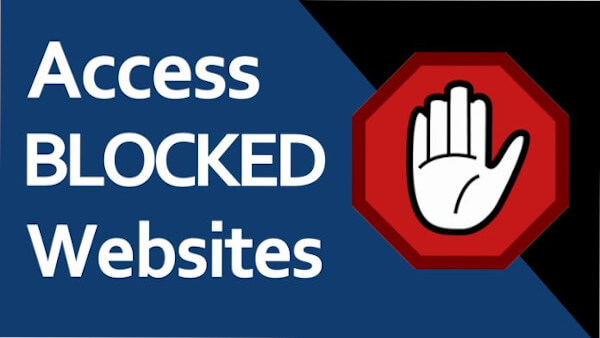
Censorship appears to be increasingly severe not only in countries we traditionally view as authoritarian (Iran, North Korea, China, Russia, etc.) but also in Western ones. It is not uncommon anymore for users from around the globe to find themselves unable to access their favorite resources.
This happens because:
- some governments do not want citizens to access resources from some countries for political and/or economic reasons. For example — The Great Firewall of China;
- some businesses restrict Internet use for employees to make them concentrate on work;
- there are parental control services that limit access for some age groups.
However, there are always ways around any obstacle. This post focuses on the most common, effective, and legal means of accessing blocked websites.
Access to a website got restricted
If you realize you cannot visit your favorite website anymore, please, control your feelings and try to find out what is wrong.
- First, address an uptime monitoring service and check if the website is down or up.
- If it is down, it may be dealing with technical issues, and it will get back on its feet in a couple of days.
- If the service is not detecting downtime, most likely, the website administration or your government/company has just limited access to it.
- Ask your friends, colleagues, and associates: if they cannot access the websites, and users outside of your organization can, this must be due to corporate control.
- If you have friends from different countries, ask them too. If users who live in your country cannot open it, and users from abroad can, most likely, it is blocked by your home country's or host country's government.
How and why websites are being blocked
Geoblocking
This is one of the biggest threats to the freedom of the Internet, as blocking users from certain countries is increasingly common.
It is an approach used to limit access to Internet content based on users' geographic location.
Governments, companies, and websites apply geolocation techniques, which help them define a user's location by IP address, connection delay, etc.
Governments use geoblocking for political and economic purposes, as they restrict various companies, media groups, social organizations, etc., that are subject to political and economic sanctions. For example, governments may blacklist retailers from given countries and limit the sale of their products in their countries to comply with their protectionist policies.
Private companies and individuals may resort to geoblocking too. They do it for various reasons. The most common are compliance with economic sanctions for not wanting to fall under restrictions themselves.
Companies may block some websites
Company leaders use different ways to control their activities to make employees work more efficiently.
- They legally buy and use corporate surveillance software like Spytech, WorkExaminer, etc. With the help of this software, they carry out real-time monitoring of employees' work and address each staff member if necessary.
- Also, companies can use bandwidth-controlling software, which
responds to changes in the speed of corporate networks. These changes often result from downloading/uploading media files, playing online games, and other activities that are not related to work. - Other companies prefer to restrict access to specific categories of websites with the help of keywords. There are ways to set hardware to respond to words, which refer to websites blacklisted by the company and prevent employees from accessing these websites during work time (online stores, dating sites, games, etc.)
How to view blocked websites
There are quite a bunch of methods how to access blocked sites.
Use VPN services

VPN (Virtual Private Network) allows you to connect to a server located in any part of the world on a peer-to-peer basis and bypass the central server. As you connect to a server outside of your home country, your IP address will also be located outside of it. VPNs encrypt data flow and allow users to build channels that a third party cannot decode. There are many affordable VPN services online through which you can connect to a server half the world away from you. VPN is one of the safest ways around restrictions.
Become Anonymous: run your browser through a proxy.
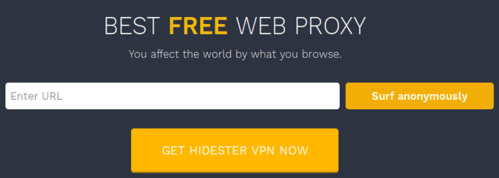
Connecting to a proxy is another way to circumvent restrictions. A proxy service will hide the restricted website from your ISP and will not let them track your activity. However, proxies do not code traffic like VPNs, so they are less safe.
Use IP instead of URL
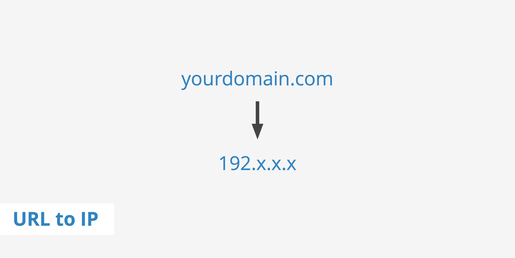
If you have discovered that a website is blocked, you can try accessing it through its IP because the blockers could have hidden the URL. It is possible to get the IP by pinging it using a free PING tool or in Command Prompt. Run the program, type in the website's URL, hit Enter, copy-paste the IP address into the browser's address bar, and select the needed site from the list. Note that this method won't work if the blockers have chosen to hide the IP address.
Choose between proxies in your browser
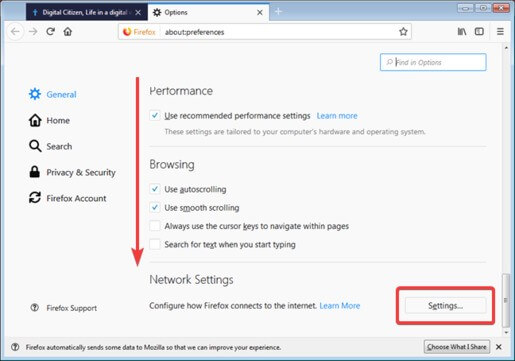
Some organizations use more than one proxy. As restrictions are directed via particular proxies, there may be ones through which the blocked website can still be available. Use the Connection Settings option in your browser and switch to another proxy, which is likely to be unrestricted.
Use browser extensions
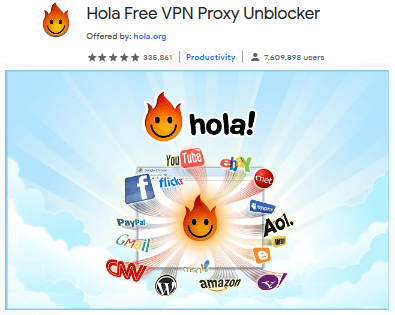
If you use dynamic websites regularly, and your organization or government is blocking them, they can still be accessed via browser extensions like UltraSurf, ProxMate, Hola, etc.
Replace your DNS Server
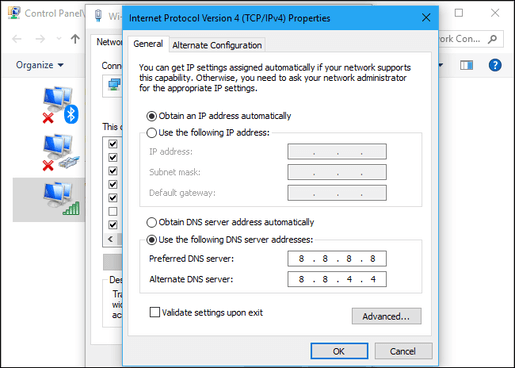
Now it is possible to switch between DNS servers, has a safer and more reliable connection, and bypass censorship. You can address GoogleDNS and/or OpenDNS, as well as the just-launched 1.1.1.1 DNS, which is believed to be the most advanced and privacy-oriented one.
Use Wayback Machine
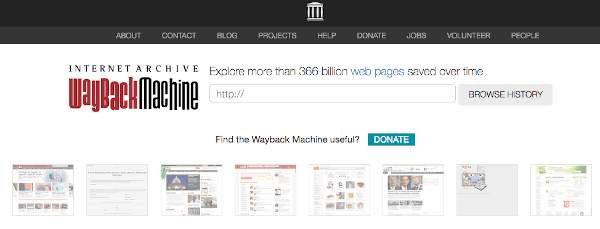
Realizing that your favorite site is no longer accessible is frustrating. However,
Use RSS feed

RSS ('really simple syndication' or 'rich site summary,' whatever you like!) feed is a unique solution that helps you grab content from blocked sites and broadcast them to a reader. You can use the website's feed or, if it is not there, create your own and view all types of content from the source in a simple text format.
Use an IP Anonymizer (i.e., TOR)
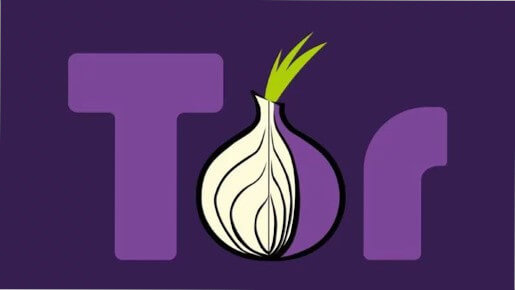
Tor, "The Onion Router," gets its nickname from the layered encryption pattern used when transferring data. It is a kind of browser which ensures safe encryption and anonymity. With this browser at hand, users can access blocked websites and media resources without being tracked by any surveillance.
Use portable Firefox
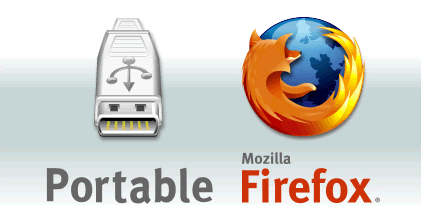
Some organizations go pretty far in restricting employees'/students' access to websites and may forbid them from using web browser extensions. A good way out is installing a browser on a USB drive and synchronizing it with an unblocked proxy.
Final Words
As follows from the above, there are various ways to access blocked websites, and they are all quite so available. However, each one is effective in its way, and what is suitable for some users may be less suitable for others. Nonetheless, the scope of options is pretty extensive so that any user can choose the most appropriate one.


 Copyright 2000-2025, WebSitePulse. All rights reserved.
Copyright 2000-2025, WebSitePulse. All rights reserved.